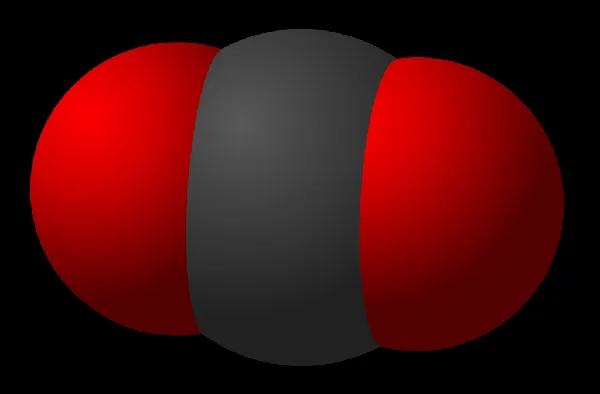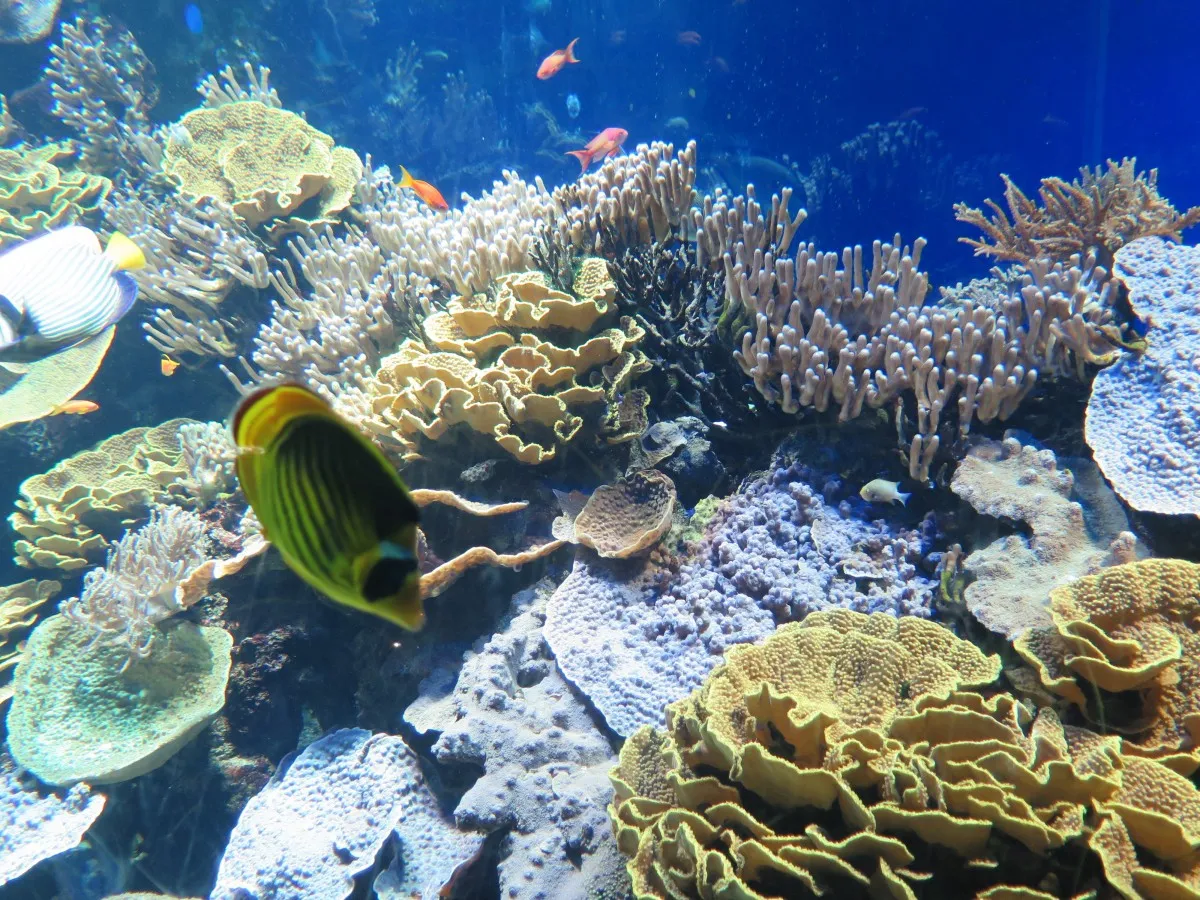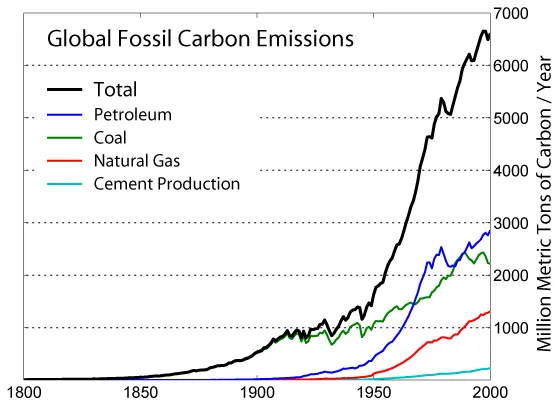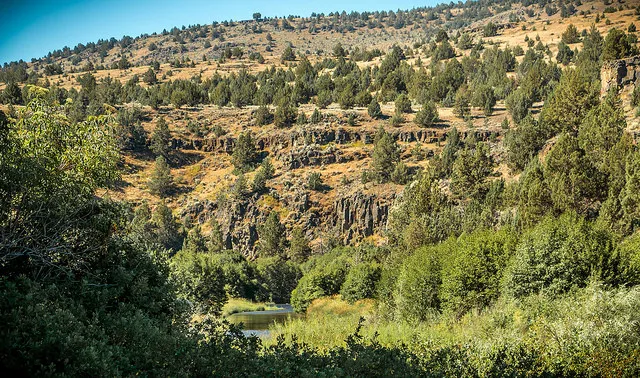With the era of industrial revolution comes the notoriety of carbon, especially when it forms a covalent bond with two oxygen atoms. In this form, carbon plays a lot of important roles in the extreme ends of the morality barometer. Perhaps of most importance in the positive end is its role in ensuring that biological system gets the necessary energy that sustains life, a process popularly known as photosynthesis. AT the other end of the barometer is its role in bringing about a change in climate through a process known as global warming.

Hence, the element and its adopted neighbours in form of carbon (IV) oxide has been receiving a huge attention from scientists and their likes in an effort to save the globe from the throes of increasing temperature and its accompanying climate change.
With the ushering-in of the era of industrial revolution came an increase in the amount of carbon (IV) oxide emitted into the atmosphere. As human life becomes more and more sophisticated with advancement in technology, the environment suffers under the weight of emission and the global temperature has been reacting accordingly as a result of the gas's ability to absorb portions of radiation from the sun. Talk about selling one's soul to the devil.
Consequently, humans were faced with two options; either to go back to pre-industrial revolution era and forget about all the sophisticated lifestyles or find a way to remove some of the emitted carbon IV) oxide from the atmosphere. We all know what our option is, right?
When it comes to removing this notorious gas from the environment, there are basically two approaches namely
- Natural sequestration
- Artificial sequestration
While artificial sequestration involves the various technologically-based methods employed by man to remove some of the emitted gas from the atmosphere and store it in different forms, natural sequestration involves various processes under which the gas is naturally removed from the environment. Artificially, the various methods employed in storing the gas include ocean sequestration, geological sequestration, mineral sequestration among many other methods.
There are two major natural ways through which carbondioxide get removed from the atmosphere and get fixed or stored. One of such ways is the dissolution of the gas in waters to form carbonates. The dissolution is an important process in various water bodies around the world, especially in marine environment where the marine animals use the carbondioxide dissolved water to make their shells.

In addition to dissolution in water bodies, carbondioxide also gets naturally removed from the atmosphere through the process of photosynthesis, otherwise known as primary production. It is an important process for green plants (normally referred to as primary producer in the food chain) and several other living organisms that depends on plants or plant's product (referred to as consumers in the food chain).
Primary production takes place both in the aquatic and terrestrial ecosystems of the world. Billions of tonnes of carbondioxide get fixed or sequestered annually by both ecosystem. In 2010, an international team of researchers led by Christian Beer of the Max Planck Institute for Biogeochemistry estimated that about 15% of the total atmospheric carbon (IV) oxide gets fixed through the process of primary production by terrestrial ecosystems, that is the various green vegetation that the planet is blessed with. According to their estimates, the 15% stands at about 450 billion tonnes of the gas.

Among the scientific communities, it is believed that the estimated figure of the fixed carbondioxide can fluctuate, depending on the type of use a terrestrial environment or vegetation is subjected to. Hence, several attempts has been and is still been made to understand the potentials of different land use types in storing carbon.
However, it is important to understand that the estimated amount of carbondioxide fixed annually by land plants provides no real data until the amount emitted by the same plants is estimated. Plants also emit the gas just like animals do during the process of gaseous exchange, otherwise known as respiration. When the emitted amount is removed from the fixed amount, the resulting data give an indication of the potential of an ecosystem in storing carbon.
Hence, the term Gross Primary Productivity is often used to represent the amount of biomass produced by an ecosystem through the process of primary production or simply the amount of carbondioxide fixed over a period of time while Net Primary Productivity is the amount of biomass left after the amount used in respiration has been deducted. The resultant value is usually measured as mass of carbon per unit area per year (g C m-2 Yr-1
Quite a number of researches have been carried out to estimate the Net Primary Productivities of various land use types. In order to successfully achieve this, a permanent sample plots have to be established within the vegetation of interest and appropriate scientific procedure is used to measure gross primary productivity as well as rate of respiration within the sample plots. The data is then converted to standard units using appropriate mathematical operations after which the net primary productivity is determined by finding the differences between the two variables.
In year 2014, a research was carried out to compare the net primary productivities of four different grassland vegetation types namely; tundra grassland, typical grassland, mixed grassland and alpine grassland. The researchers found out that the net primary production varied with the typical grassland having the highest, followed by mixed grassland, alpined grassland while the tundra grassland had the lowest net primary production.
The most comprehensive estimate of net primary production by land use types was published in the year 2000 by Jackson and Jackson in the 2nd edition of their book titled Environmental Science: The Natural Environment and Human Impact. Algal beds and reefs were touted to have the highest net primary production value followed by the rainforest vegetation zones. The desert and semi-desert regions had the lowest value with the other land use types having varied values in between the two extremes.

Understanding the various land use types and their carbon fixing ability is a continous process and an active area of research both in the developed and developing countries of the world. It is believed that the understanding of the process would further provide an indication of how best to manage carbon emission. You can't, but only wish us luck!
Thank you all for reading.
References
Convenient Delegation Links:


Oseni Shaid | Ambassador (Nigeria)
Email : oseni.shaid@yahoo.com

Join a community with heart based giving at its core





